Championing students’ well-being through playful check-ins
Role: Senior Product Designer
Duration: 1 year
Team: Closegap
CONTEXT
I joined Closegap as a Senior Product Designer right after completing my master’s at Parsons School of Design, where my work in Care Lab: Creating Futures of Care deeply aligned with Closegap’s mission. Closegap is a tech nonprofit that equips schools with mental health check-ins. It felt like a natural continuation of my work, giving me the opportunity to design for impact at scale. I’ve been leading UX to create a safe space for PK-12 students through quick and playful check-ins, gamifying a mental health tool that now supports 300K students across U.S. schools. I also designed an educator-friendly interface with real-time dashboards, enabling schools to track student insights, triage support needs, and follow up effectively.
PROBLEM
Pre-K to 2nd-grade students struggle with reading, making independent check-ins difficult and requiring educators to read prompts aloud, slowing down the process. After school hours, students can’t check in as educators aren’t available for instant support, leaving emotional needs unaddressed. For educators, it’s unclear whether student support is fully resolved or requires ongoing intervention. Prioritizing urgent cases is also a challenge, leading to delays in assistance.
KEY QUESTION
How might we make check-ins more accessible for young students while enabling educators to provide timely and effective support?
Research Insights
• Encouraging Anonymity for Honest Check-Ins
Some students hesitate to share their feelings openly when educators read responses aloud for young students. An anonymous format could support a safer space for self-expression.
• Mindfulness Support Beyond School
Since students can’t always check in during school hours, educators emphasize the need for self-guided mindfulness activities like breathing exercises to help regulate emotions.
•Co-Creation with Students
Student advisory councils reveal a preference for playful, engaging activities such as journaling and calming visuals.
• Reducing Educator Overload
Educators struggle to identify urgent cases. A structured prioritization system with automated alerts or visual indicators could streamline interventions.
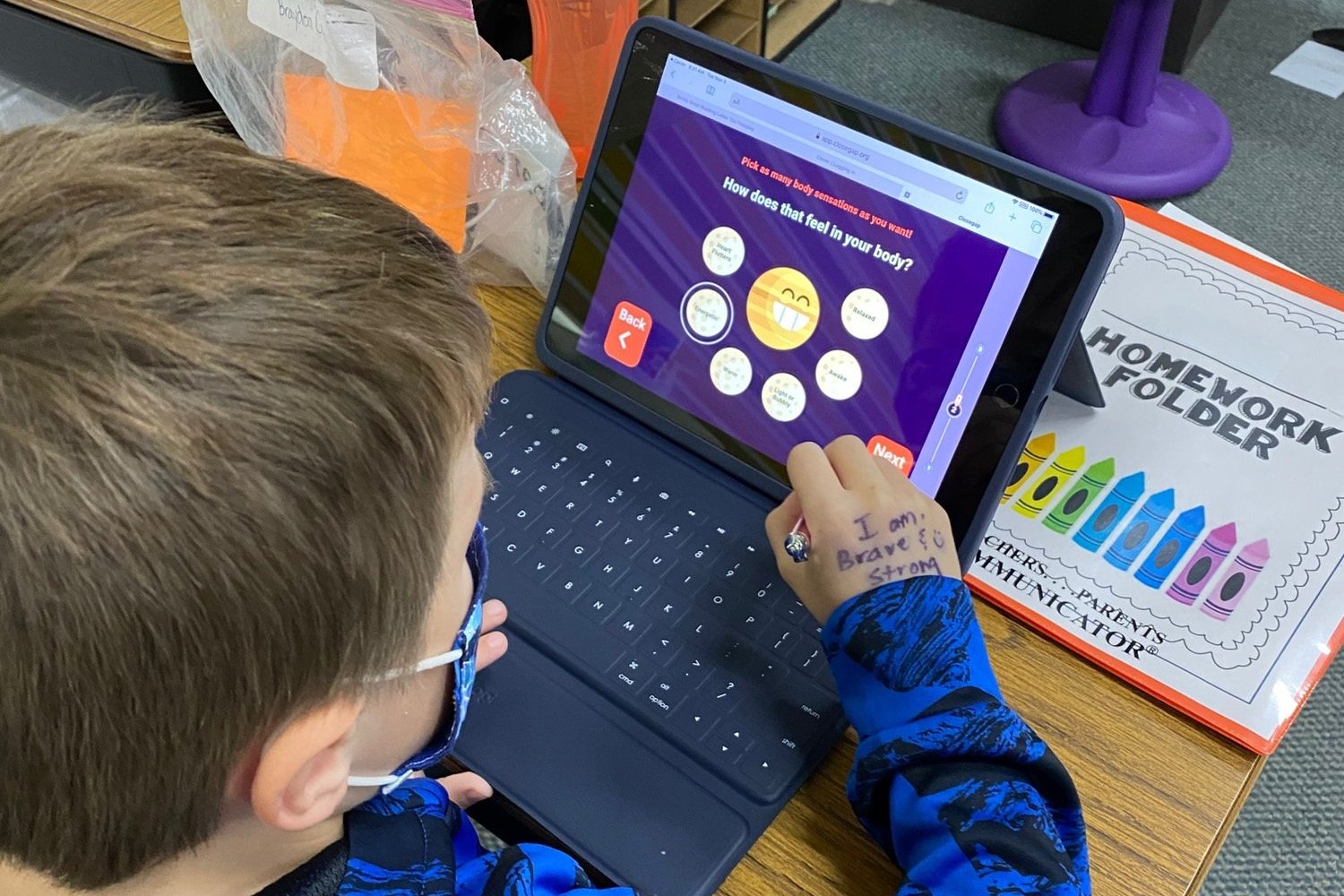
IDEATION
Paper prototypes and user flows


DESIGN
From wireframing to high-fidelity prototypes
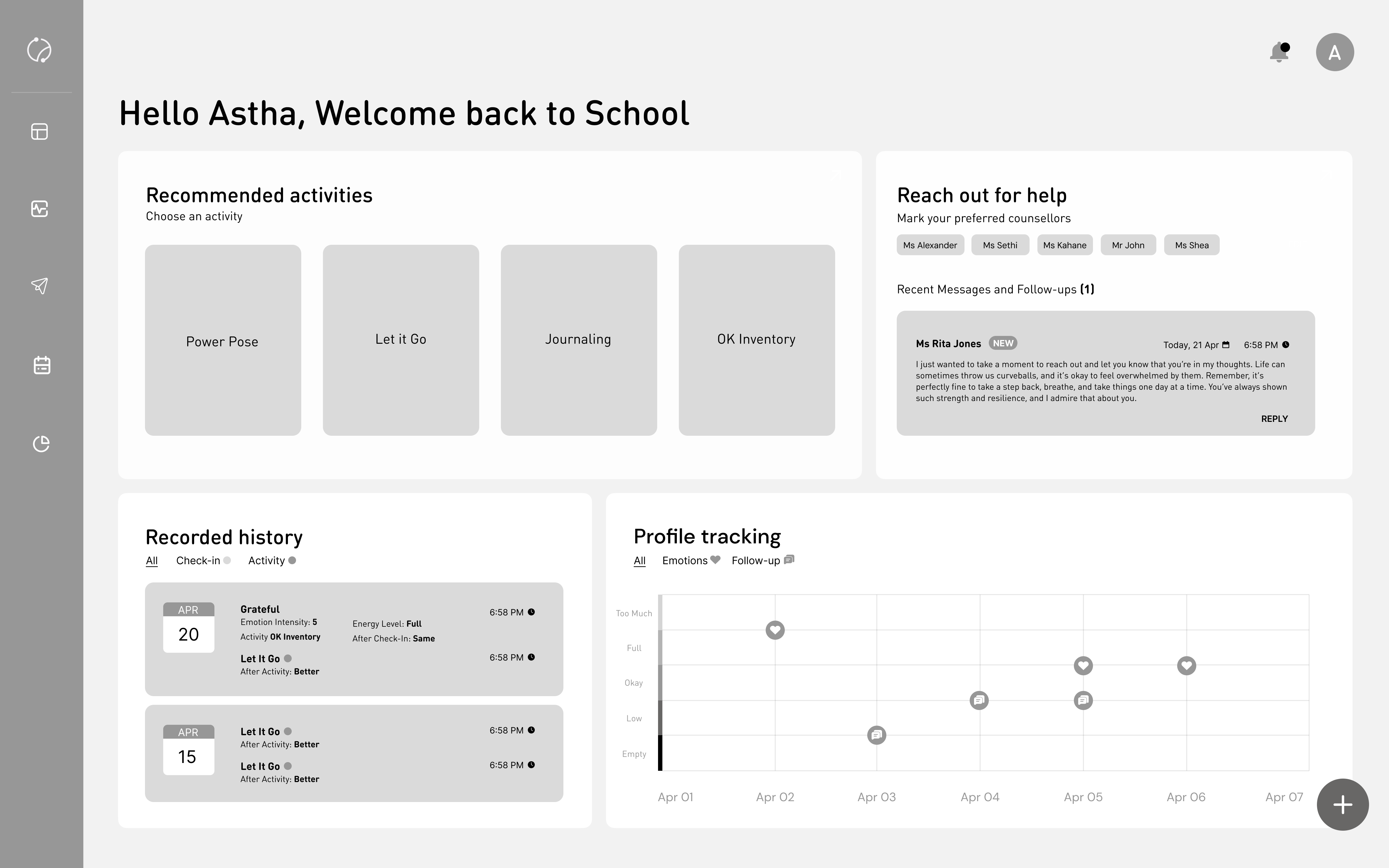
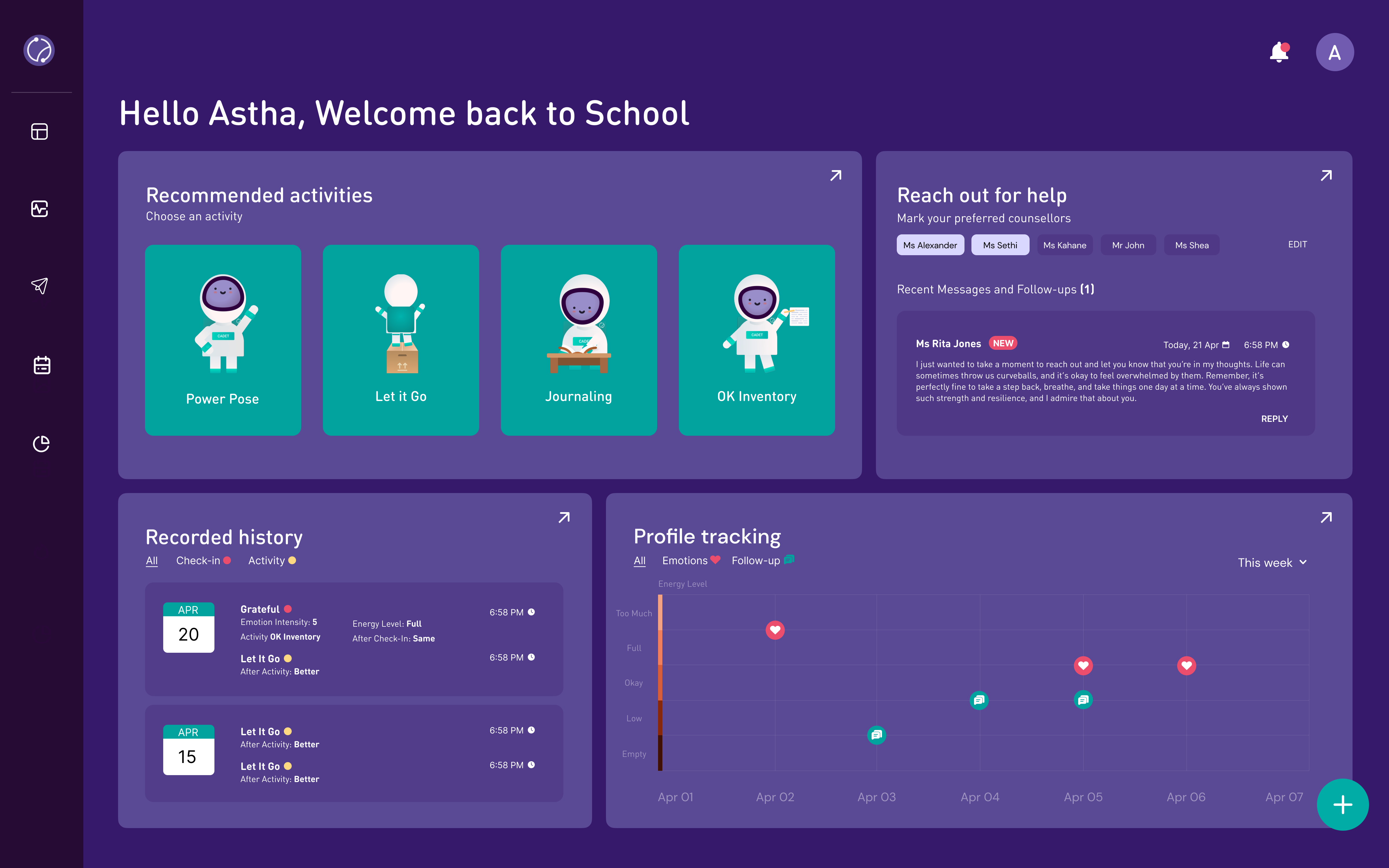
Student Dashboard
Activities for mindfulness
Designed to support students beyond school hours, the dashboard offers self-guided mindfulness exercises like breathing techniques with calming visuals.
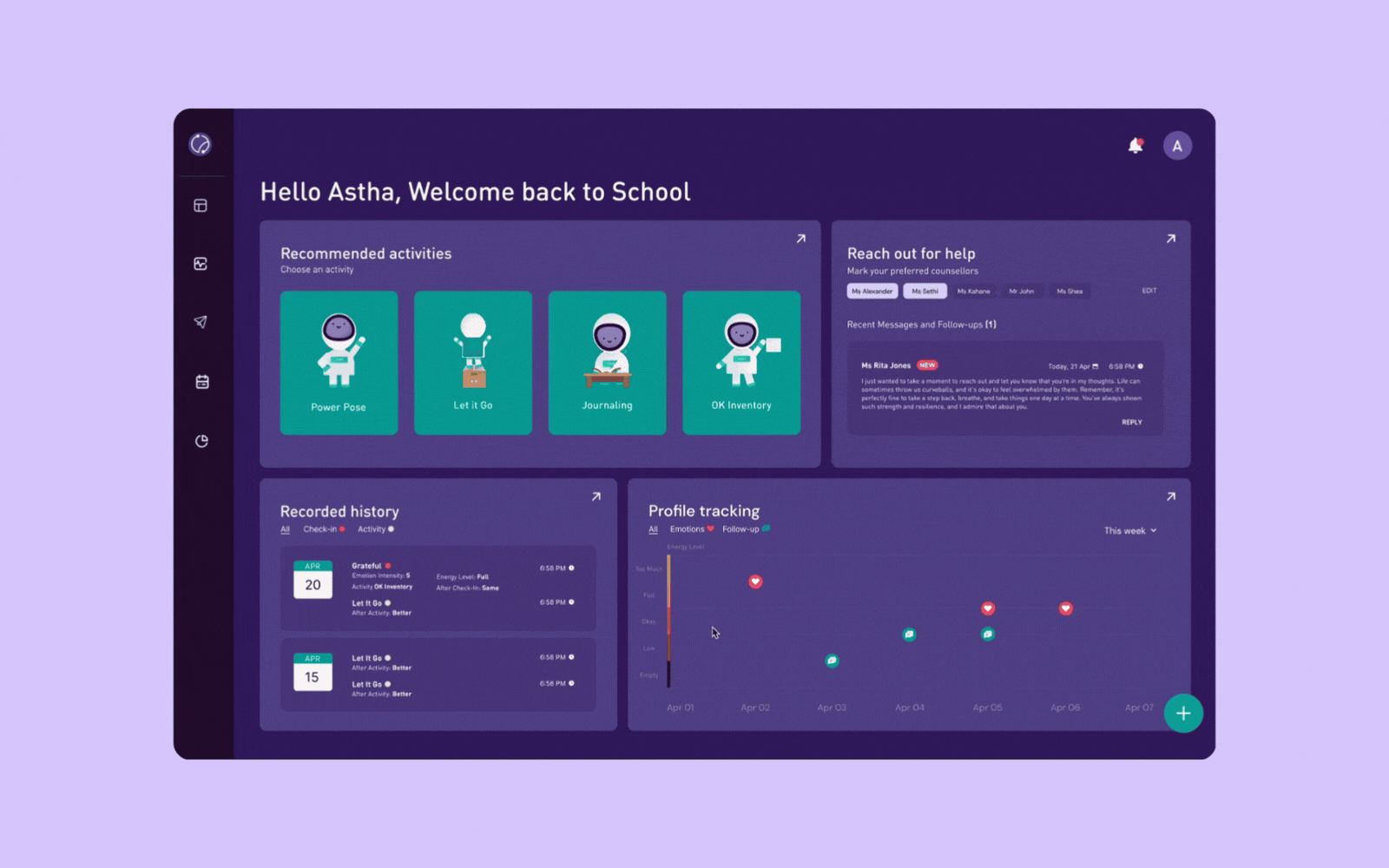
Student Dashboard for Pre K- 12
Audio check-ins for young students
Designed for Pre-K to 2nd-grade learners, this feature enables independent check-ins with audio prompts, reducing educator workload and improving accessibility.
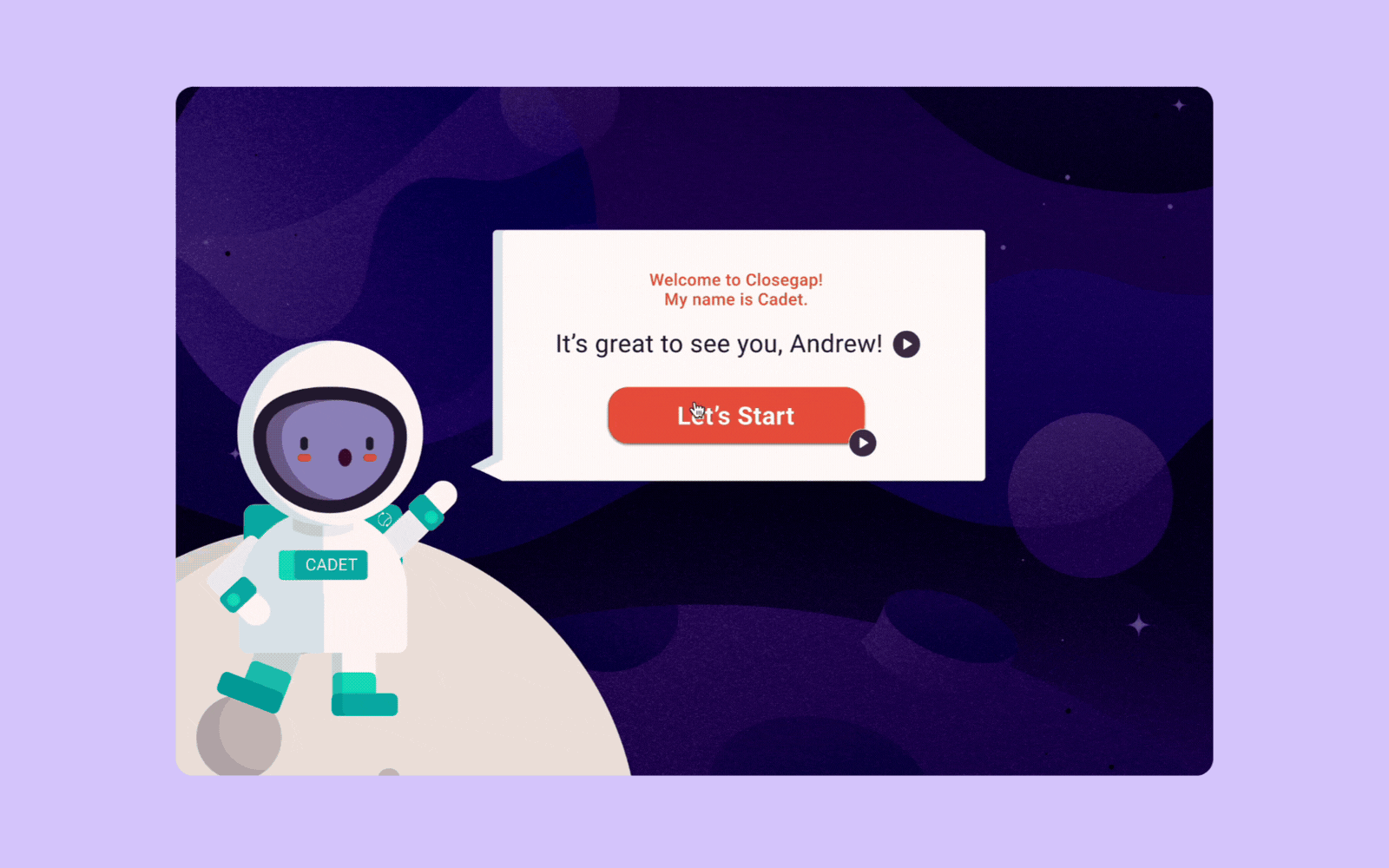
Educator Dashboard
Follow-up flow
Addresses the challenge of tracking student support by providing a structured three-step process:
• Log the follow-up (in-person/online, intervention type)
• Add notes (comments, share access)
• Assign (if some other educator needs to get involved)
This ensures clarity in intervention, enabling educators to manage and prioritize student needs effectively.
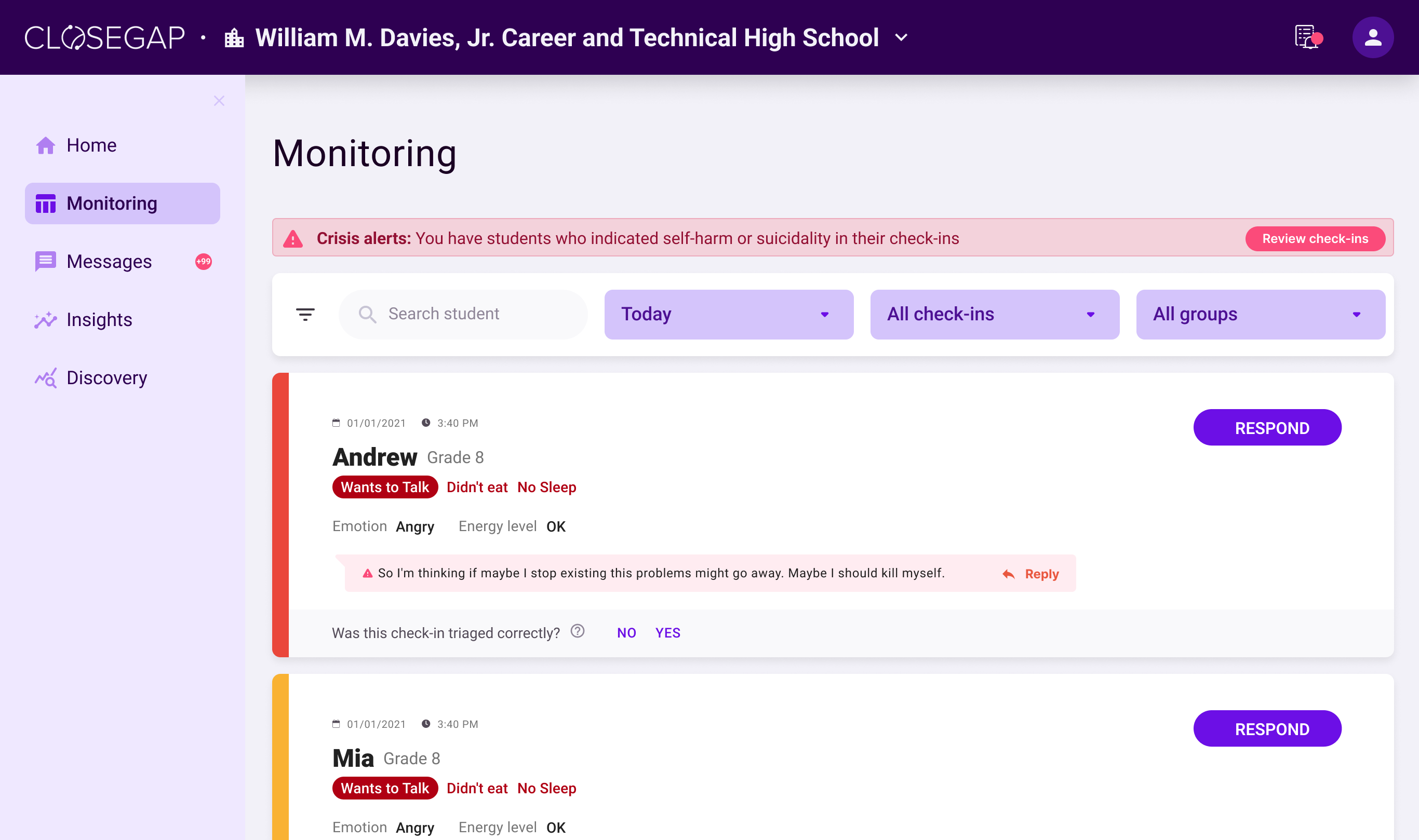




IMPACT
To date, 8,201,600 check-ins have been completed. Schools using Closegap have prevented suicides and uncovered cases of self-harm, sexual assault, bullying and other issues that would have otherwise gone unnoticed.
I have designed this Impact Report, which provides a detailed analysis of key outcomes, educator insights, and student testimonials.
LEARNINGS
Small tweaks can make a huge difference
Something as simple as adding an audio button significantly improved accessibility for young students.
Prioritizing educator needs from the start
While the follow-up flow helped, I could have iterated on it faster by testing early prototypes with more educators.
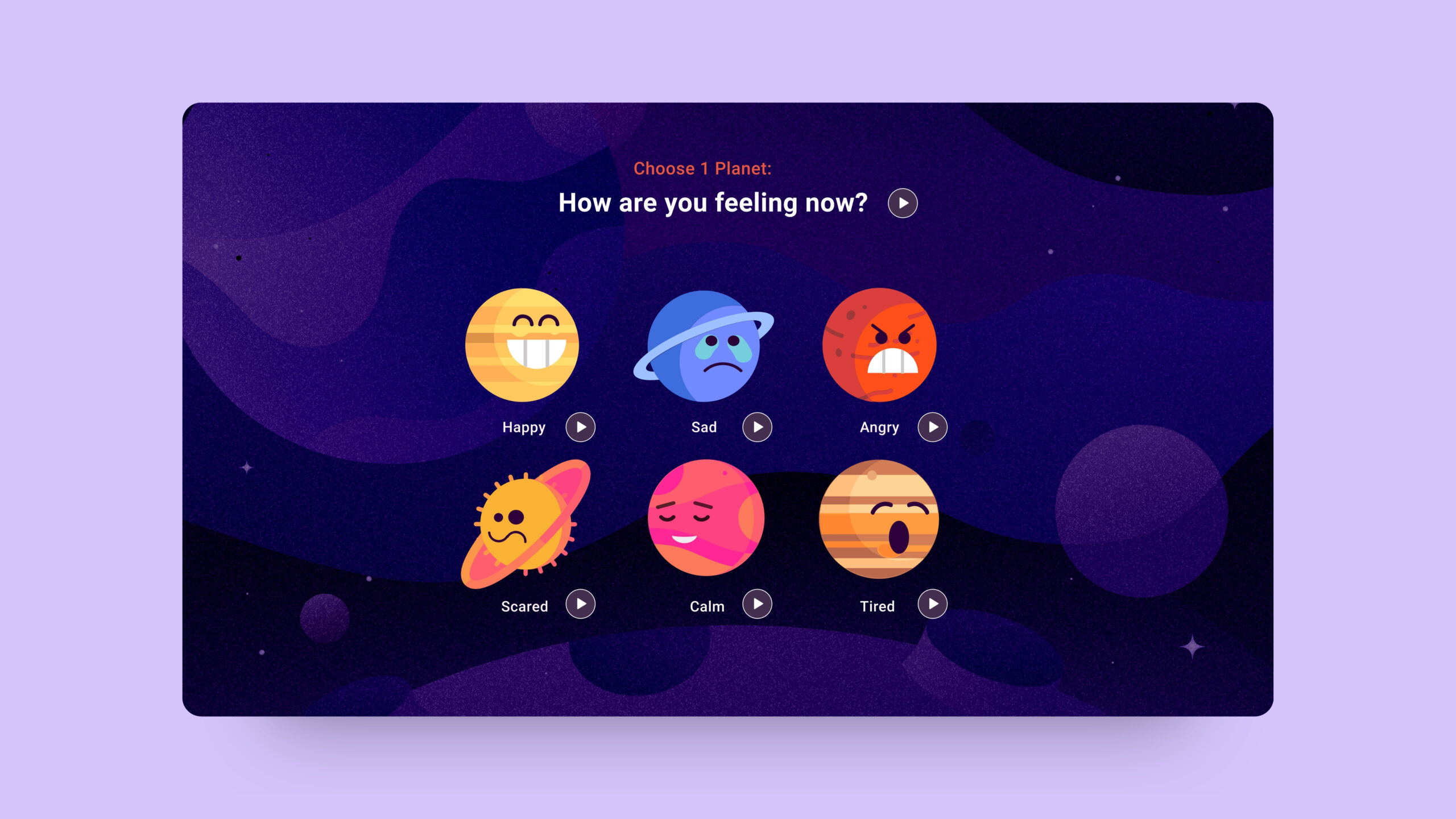
Mental Health Check-insProject type
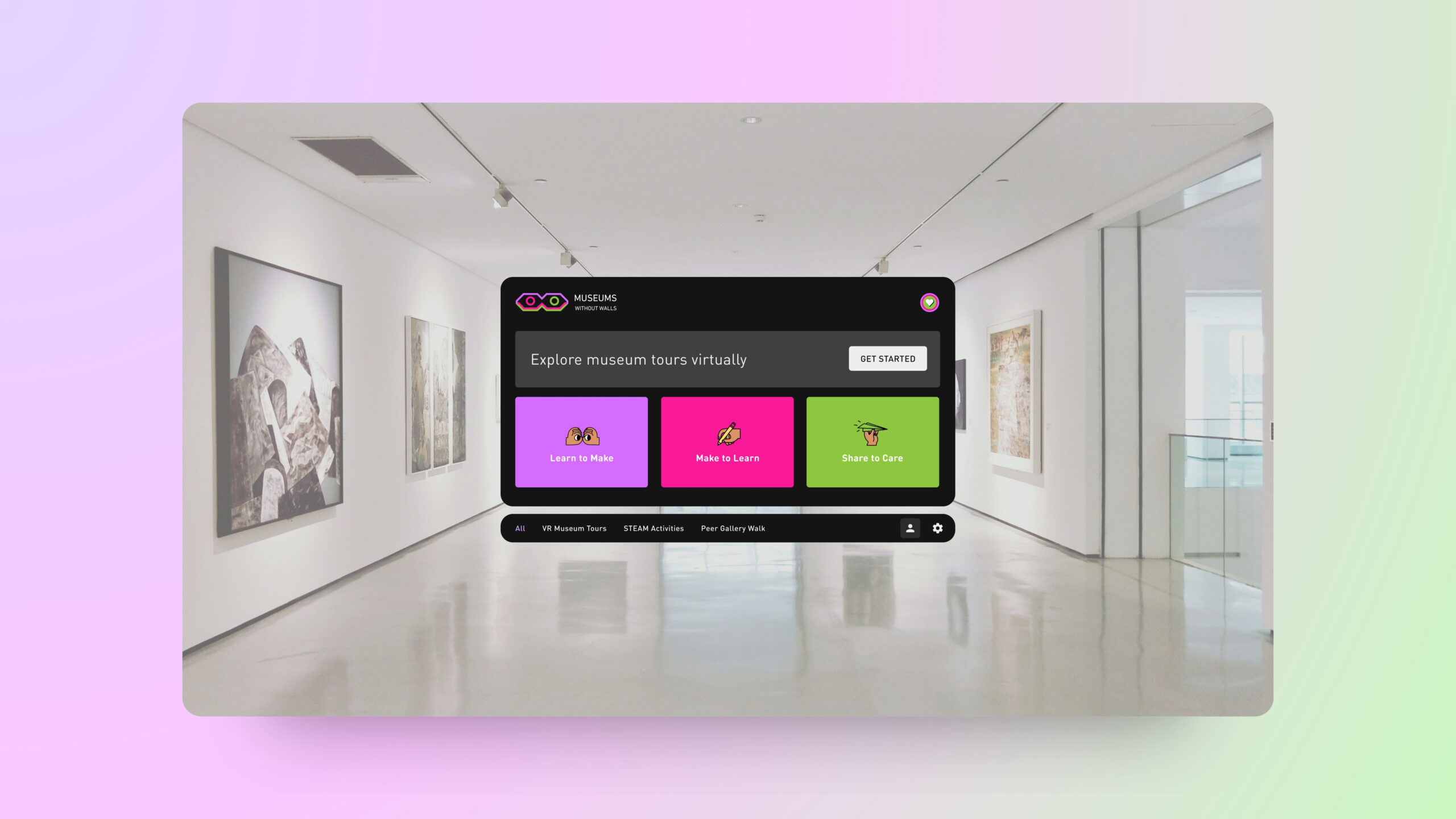
Museums Without WallsProject type
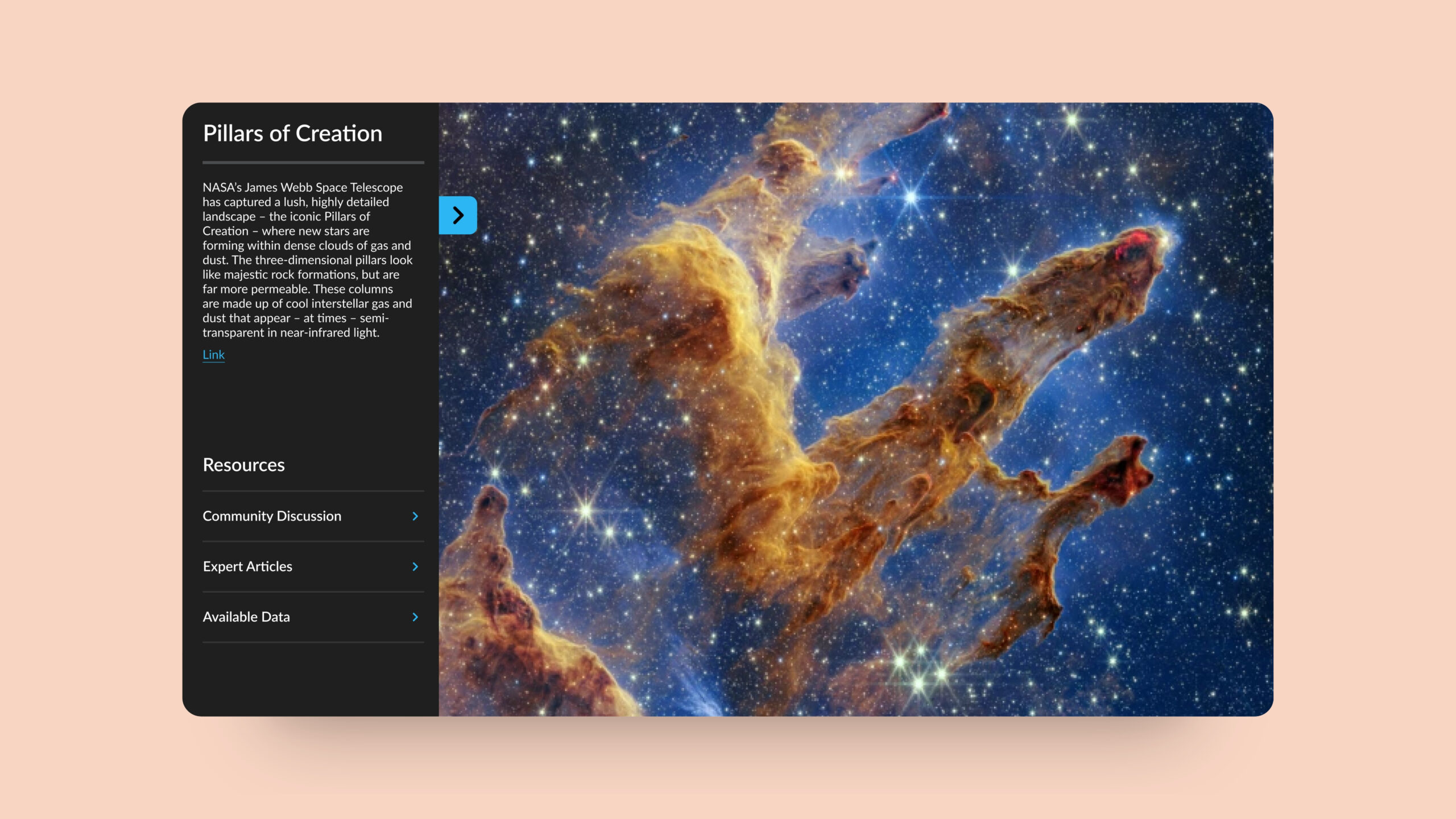
James Webb TelescopeProject type
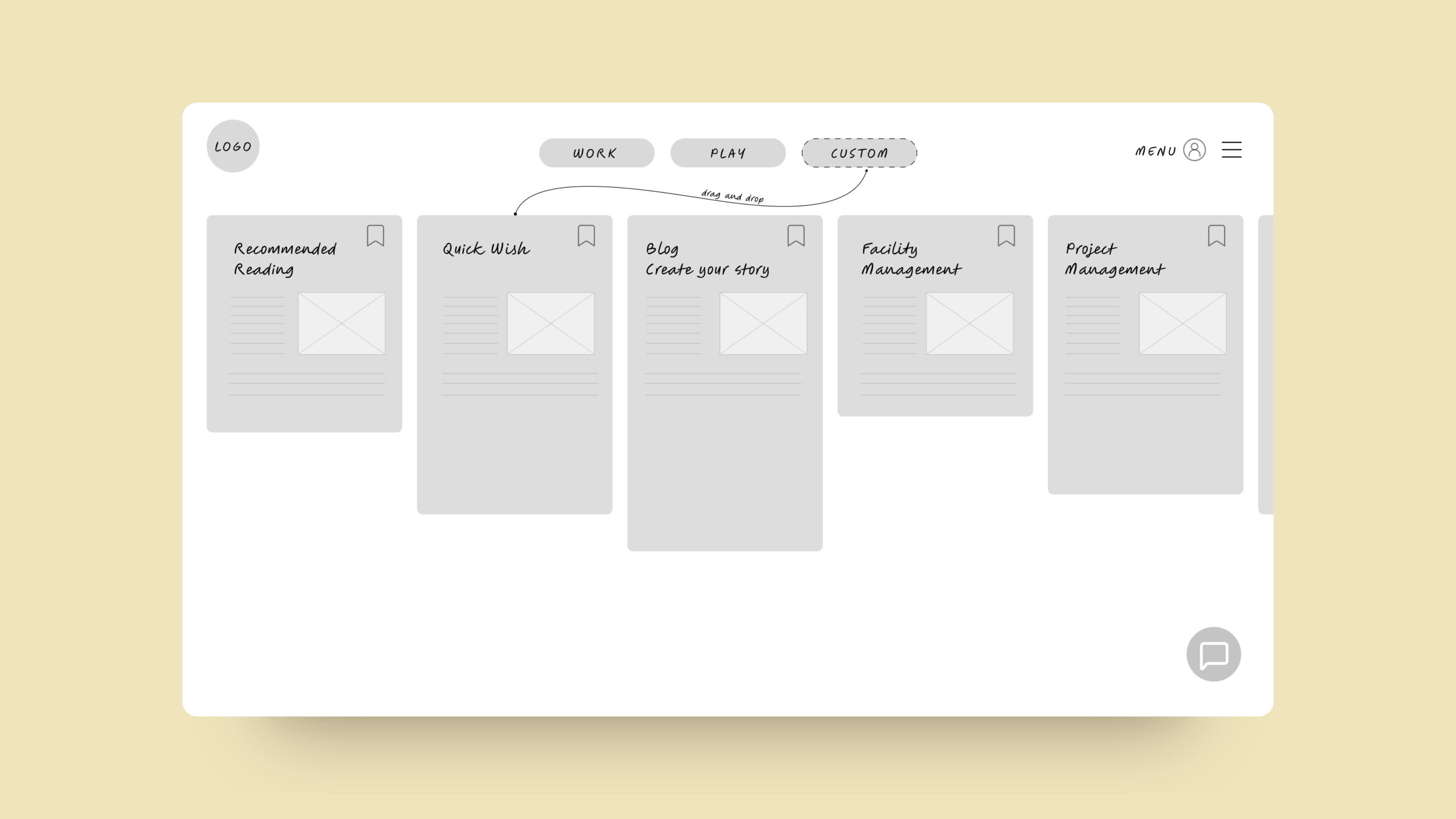
WeConnectProject type

Rotman Design Challenge 2023Project type

Global Challenge Lab 2023Project type

